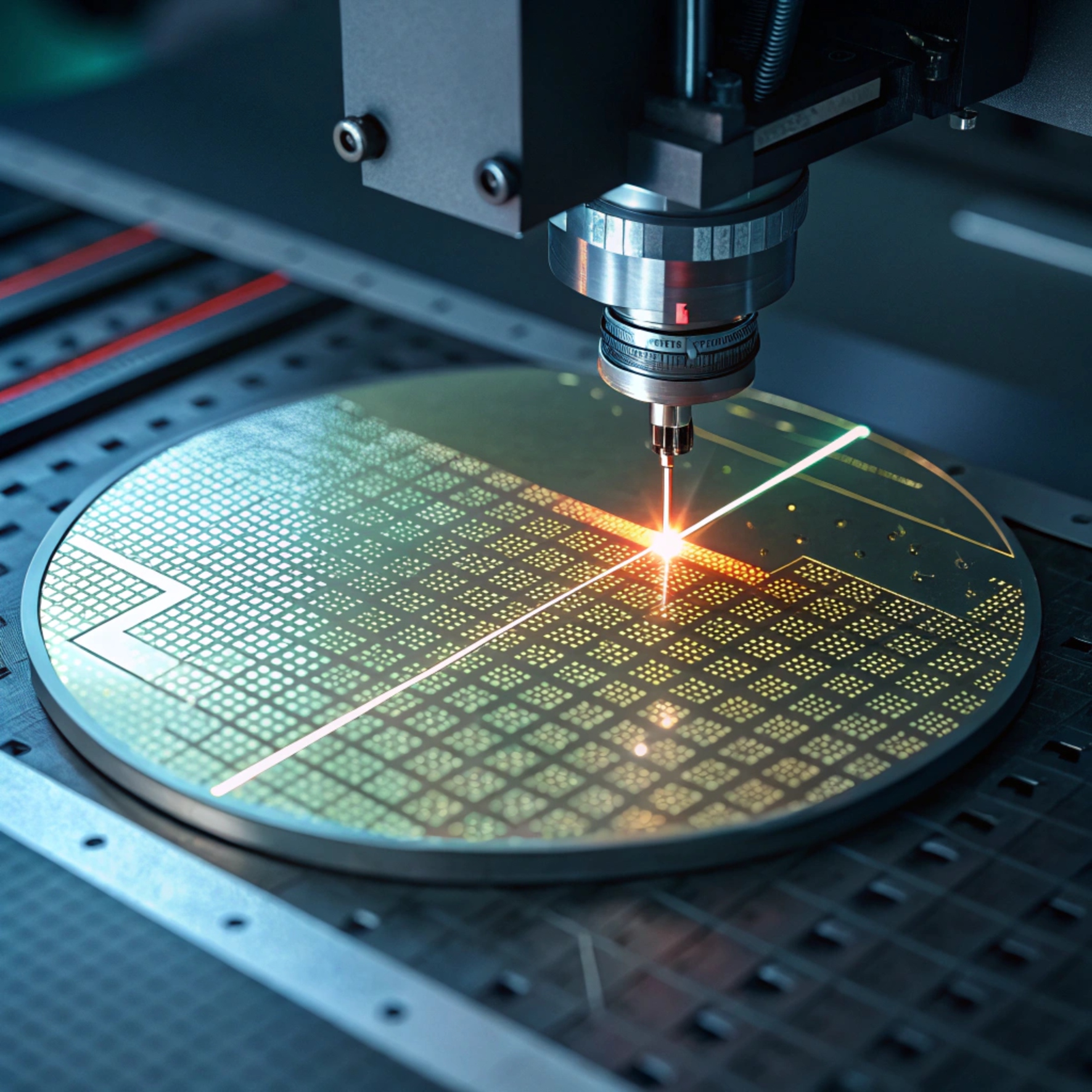In the ever-shrinking world of semiconductor manufacturing, the race to create smaller, faster, and more efficient CPUs is relentless. But how small can we go before we hit the wall of physical limitations? Let’s delve into the fascinating journey towards the theoretical limits of CPU lithography.
The Current Frontier
As of 2023, the semiconductor industry has pushed the boundaries of miniaturization with the advent of 5nm (nanometer) process nodes by companies like TSMC and Samsung. The next big steps are already in motion, with 3nm and 2nm technologies on the horizon. These numbers represent the smallest feature size that can be reliably manufactured with current photolithography techniques.
Physical Limits of Lithography
Atom Size : The size of a silicon atom, the backbone of current semiconductor technology, is approximately 0.2nm in diameter. This sets a theoretical limit; you can’t have structures smaller than an atom in conventional semiconductor manufacturing.
Quantum Effects : When transistors approach atomic scales, phenomena like quantum tunneling come into play. Electrons can “tunnel” through barriers that, according to classical physics, they shouldn’t be able to pass, leading to potential issues with transistor functionality.
Theoretical Minimum Lithography
- Sub-atomic Scale : If we consider the absolute theoretical limit, manufacturing at the scale of atoms or smaller would involve quantum mechanics, where traditional semiconductor technology fails. Here, we might talk about speculative technologies like quantum computing or molecular electronics, which operate under entirely different principles.
- Practical Limits : Even before reaching the atomic scale, several practical barriers emerge:
- Heat Dissipation : As transistors become smaller, dissipating heat becomes increasingly difficult. This thermal challenge sets a practical limit on how small we can go before performance degrades due to overheating.
- Manufacturing Challenges : At very small scales, defects and variability in the manufacturing process increase dramatically, making it harder to produce chips with consistent and reliable performance.
The Future of CPU Lithography
- 3D Stacking : Rather than just reducing the size of transistors horizontally, the industry is exploring vertical stacking of transistors. This approach increases transistor density without necessarily shrinking the feature size further.
- New Materials : Research into materials like graphene , carbon nanotubes , or 2D materials such as transition metal dichalcogenides (TMDCs) could potentially allow for smaller transistor sizes due to their unique electrical properties.
- Beyond CMOS : Looking beyond traditional Complementary Metal-Oxide-Semiconductor (CMOS) technology, we might see the rise of:
- Spin Transistors : Using electron spin to control current flow.
- Memristors : Devices that remember their history, potentially replacing or augmenting current memory technologies.
- Biological Computing : Inspired by biological systems, offering a completely new paradigm for computation.
Conclusion
If we’re to summarize the theoretical limit:
- Purely Physical : At around 0.2nm , the size of a silicon atom, we are essentially at the atomic level where conventional semiconductor physics breaks down.
- Practical : Due to quantum effects, heat dissipation, and manufacturing challenges, the practical limit might currently be around 1-2nm . However, technology evolves, and future innovations could push these boundaries even further through new materials, manufacturing techniques, or entirely different computing paradigms.
The quest for smaller, more powerful CPUs continues to drive innovation in semiconductor technology. While we are close to physical limits with current methods, the future might hold solutions that are yet to be imagined, potentially redefining what we consider as the smallest possible lithography.
As we move forward, the industry will likely continue to surprise us, turning today’s theoretical limits into tomorrow’s standard processes. Keep an eye on this space; the future of computing is not just about going smaller but also about thinking differently.
